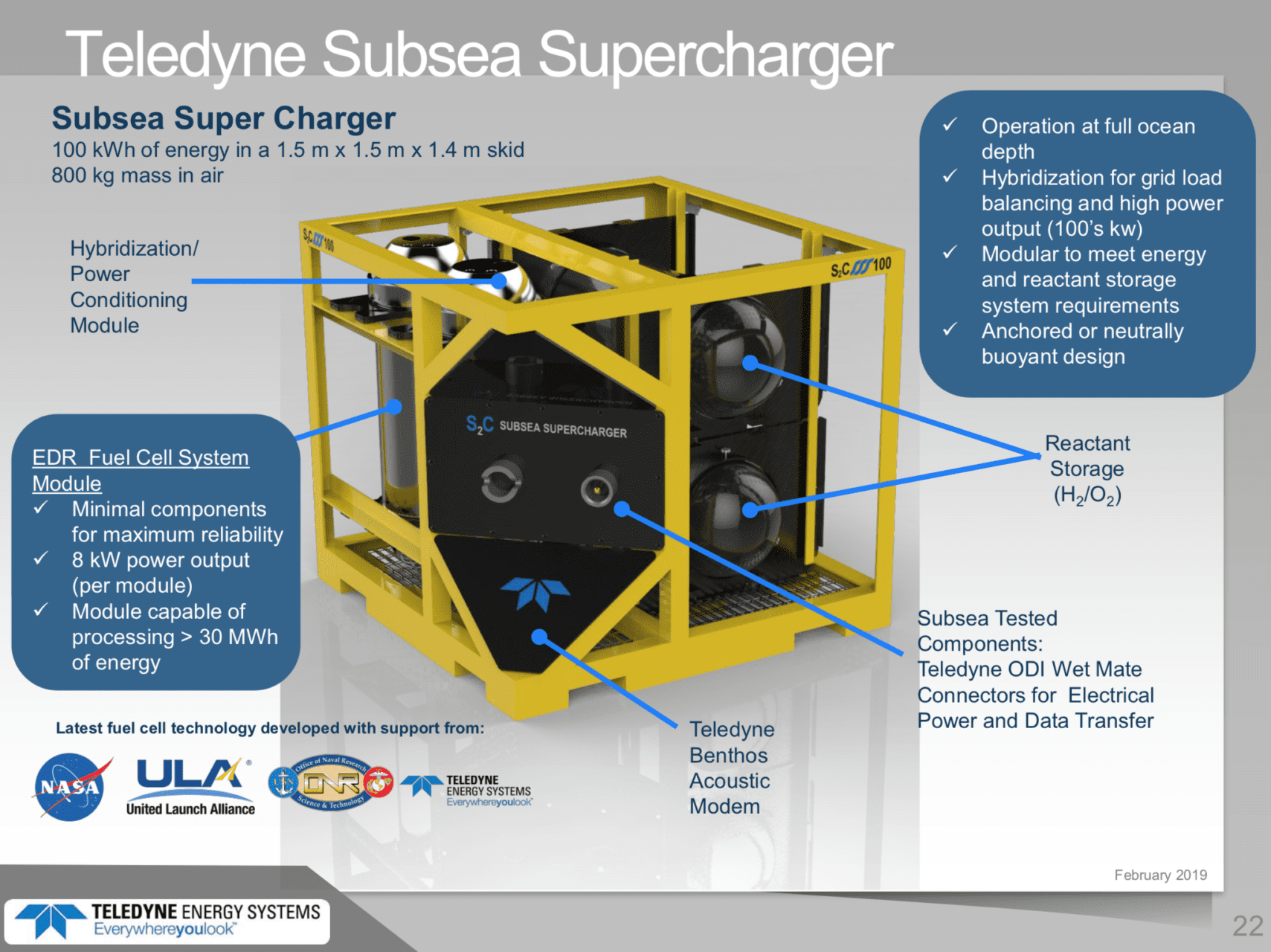Subsea Power Enabling New Autonomous Technology Applications
New Technologies Provide New Options for Subsea Energy
The 2019 Autonomous Underwater Technology conference was a “sell-out” attendance in Perth with a keynote address provided by Commodore Chris Smith and Commander Paul Hornsby reviewing the Royal Australian Navy’s transition toward Maritime Autonomous Systems (MAS) for naval operations – this change is underway throughout the world’s militaries, and the application of MAS today is already shaping future warfare.
BlueZone CTO, Darren Burrowes, presented a paper entitled “Subsea Power Enabling New Autonomous Technology Applications”. The paper provided an overview of new existing and developing energy technologies that could provide new options for powering subsea resident Unmanned Underwater Vehicles (UUV). In the industrial context this provides the opportunity to reduce the costs and risks associated with deploying support ships for UUV launch and recovery and in the military context it provides the advantage of long-term covert operations in areas of interest.
Technologies reviewed in the presentation included:
- Lithium Ion Batteries. Existing lithium ion technology is advancing at a rapid pace driven by the increasing demand for renewable energy storage, electric vehicles and consumer electronics market. New battery developments in the future including Advanced Light Metal Batteries will involve refinements of the current lithium-ion technology, as well as new battery chemistries with significant increase in energy storage capacity.
- Fuel Cell Systems. For energy storage requirements above 600kWh fuel cell systems offer the capability to provide excellent energy efficiency and long service life using common industrial gases such as hydrogen and oxygen, Technology sourced from developments for space exploration provides a highly reliable and modular systems for seafloor power.
- Aluminium-Air Batteries. Driven by the need to provide efficient storage, transport and discharge of clean energy, newly developed aluminium-air technology can provide 10X the storage for lithium ion batteries of similar size. The highly efficient technology has a lifespan of thousands of working hours, relieving the main constraints of electric transportation and clean distributed generation. It is especially suitable for integration into ships and is now in production for several ship types.
Subsea resident UUV and the All-electric field will be enabled by new subsea energy deployment technologies. Electric robotic systems are smaller, lighter, smarter, more agile and more powerful than hydraulic systems while electric actuators and tools have the added benefit of a simplified, reliable interface. Complemented by an internal processor and suitable micro-sensors, enhancds control options and increases in total system reliability through continuous internal monitoring are possible. Having more data available from a device assists with pre-emptive maintenance planning and, coupled with an electric-only interface, allows for more remote long-term deployment underwater.
Read More:
Untethered Seafloor Power
 |
| Saab Seaeye Sabretooth fitted with a Blue Logic connector enabling inductive charging from a subsea energy source. |
 |
| The Subsea Supercharger is initially being developed for deployments to 1000m. |
 |
| Seabed Power Generation enabling and enhancing subsea operations with on demand subsea power. |



